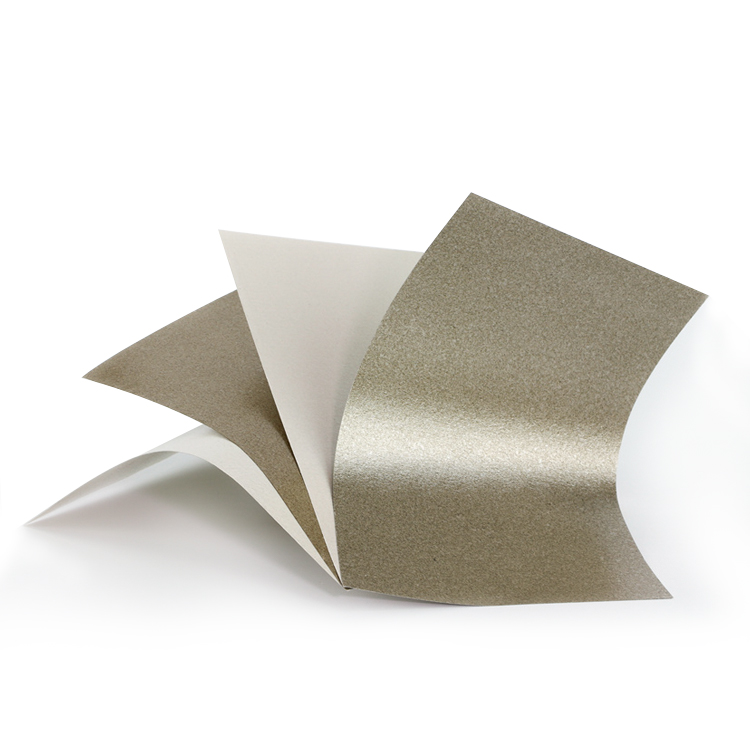Electric Vehicles (EVs)

Mica insulating materials play several crucial roles in electric vehicles (EVs) due to their unique combination of properties, including excellent thermal insulation, electrical insulation, fire resistance, and mechanical strength. Here's how mica insulating materials contribute to the functioning and safety of electric vehicles:
Battery Thermal Management: One of the primary roles of mica insulating materials in EVs is to manage heat generated by the battery. EV batteries can generate significant heat during charging and discharging cycles. Mica's thermal insulation properties help direct and control heat flow within the battery pack, preventing hotspots and ensuring even temperature distribution. This helps optimize battery performance, prolong battery life, and reduce the risk of thermal runaway.
Electrical Isolation: Mica's excellent electrical insulation properties are crucial in EVs, where high-voltage systems are prevalent. Mica insulating materials are used to separate and insulate different components and sections within the electrical system, preventing short circuits and electrical faults that could lead to safety hazards or system failures.

Component Protection: Mica is used as a protective layer for sensitive electronic components within EVs. It shields these components from heat, vibration, and electromagnetic interference, ensuring their proper functioning and extending their operational lifespan.
Motor and Inverter Insulation: EV propulsion systems involve high-voltage motors and inverters. Mica insulating materials are employed in these components to insulate coils and other electrical elements. This prevents electrical breakdowns, enhances efficiency, and reduces the risk of electrical faults that could impact the vehicle's performance.
Thermal Barrier in Power Electronics: In power electronics components like inverters and converters, mica insulating materials serve as thermal barriers. They help channel heat away from sensitive electronics and toward cooling systems, maintaining optimal operating temperatures and preventing overheating.

Fire Resistance: Mica is naturally fire-resistant, and this property is essential in EVs to enhance safety. Mica insulating materials can be used to line battery enclosures or separate battery cells, creating a fire-resistant barrier that helps contain and mitigate the spread of fires in the event of thermal runaway.
Structural Support: Mica's mechanical strength and stability make it suitable for providing structural support within EV components. It can be used as a reinforcement layer in insulating materials, ensuring that they maintain their integrity even under mechanical stress or vibrations.

Noise and Vibration Damping: Mica's ability to absorb vibrations and dampen noise can be valuable in reducing unwanted noise and vibrations in EVs, improving passenger comfort and the overall driving experience.
Gasket and Sealing Applications: Mica's flexibility and heat resistance make it suitable for gasket and sealing applications in EVs. It can help create reliable seals in areas where components join, preventing fluid or gas leaks and maintaining the integrity of the vehicle's systems.
In summary, mica insulating materials are versatile components used in various aspects of electric vehicles. Their roles range from thermal management and electrical insulation to fire resistance and mechanical support. By contributing to the efficiency, safety, and overall performance of EVs, mica insulating materials play an essential part in the advancement of electric transportation technology.
Industries
Contact Us

Tel: +86-13184770996
E-mail: info@goldenmica.com



